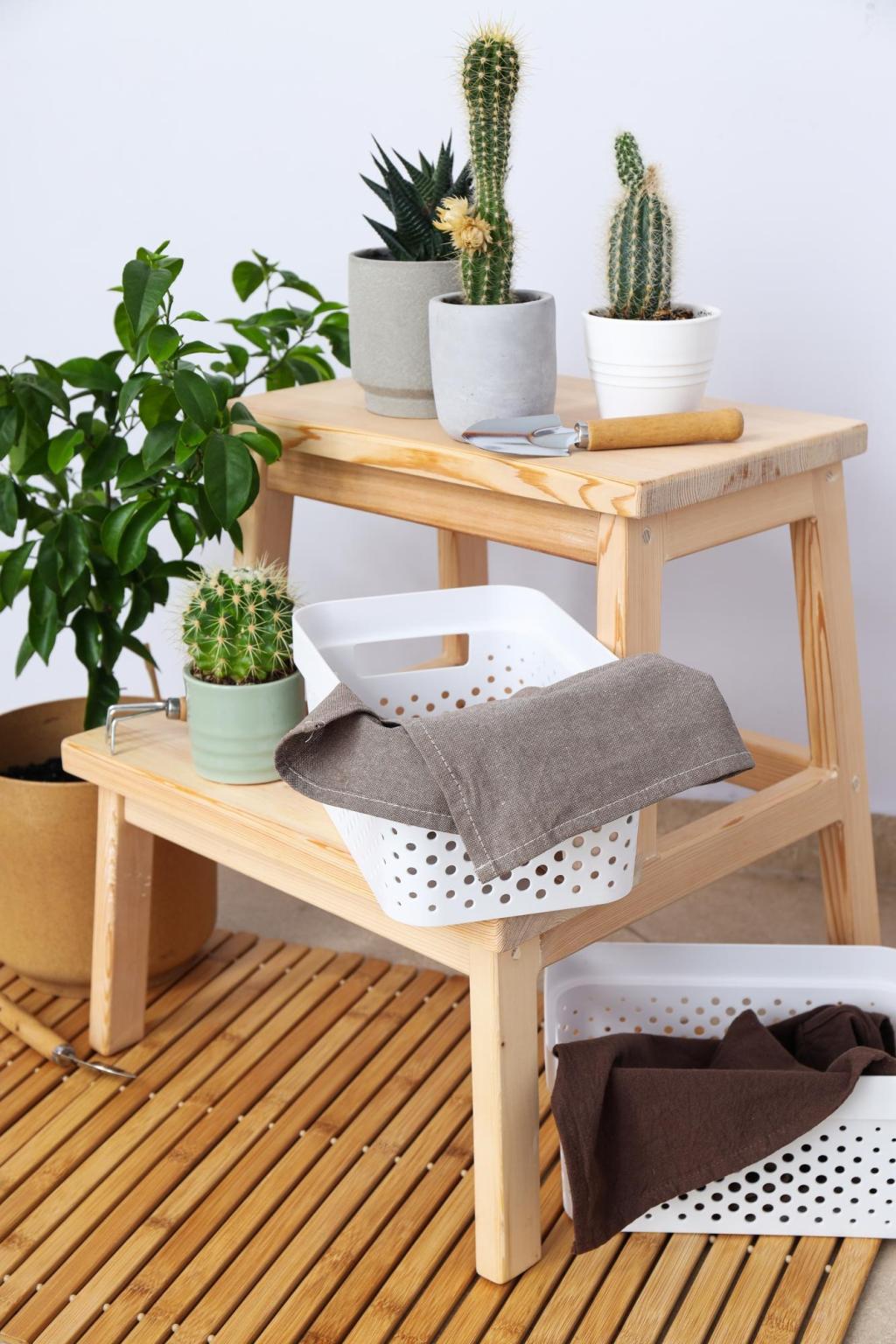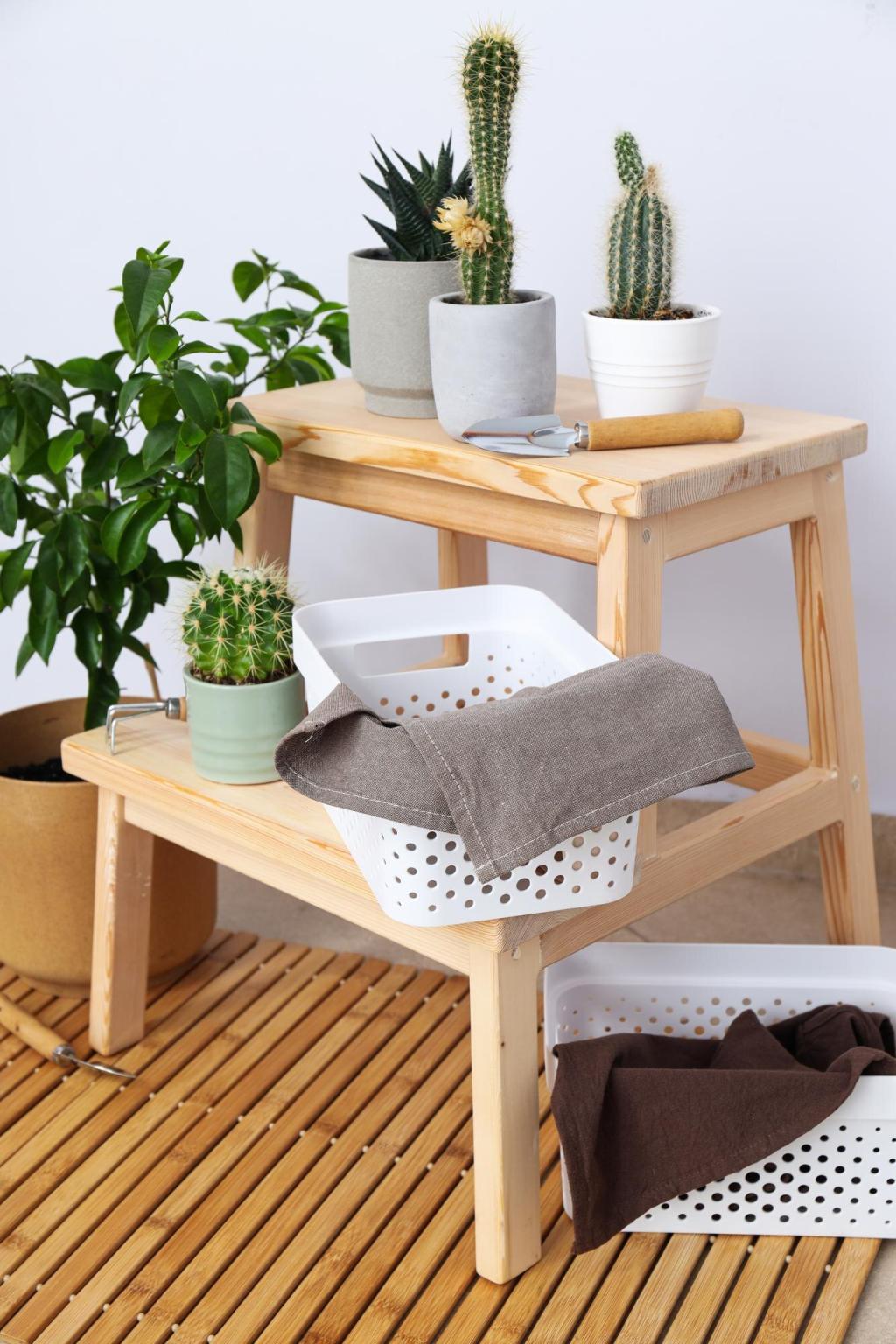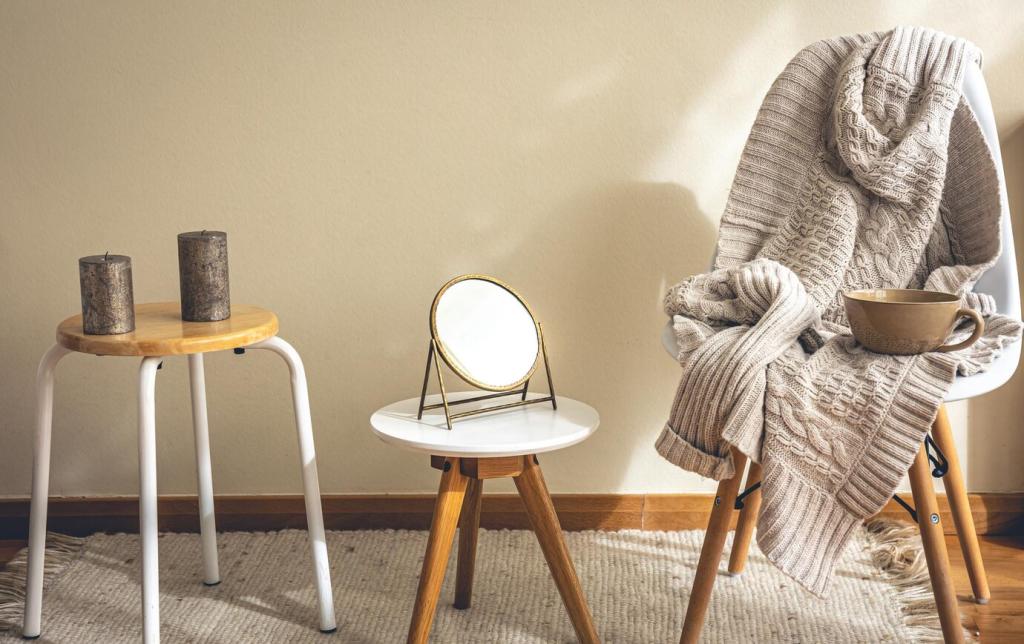Track Impact, Share Results, Stay Inspired
Log each item you rescued with recycled materials, noting time, tools, and what you diverted from trash. Tally jars reused, rags sewn, and hardware saved. Share your monthly summaries with our readers to spark friendly, meaningful accountability.
Track Impact, Share Results, Stay Inspired
Photograph repairs and polish sessions under the same lighting for clear comparisons. Tell the backstory: where materials came from, what surprised you, and what you would change. Comment below so we can feature standout transformations in future posts.



